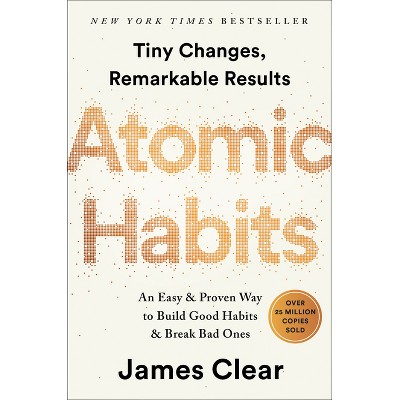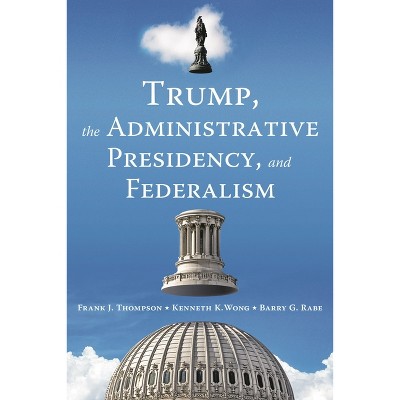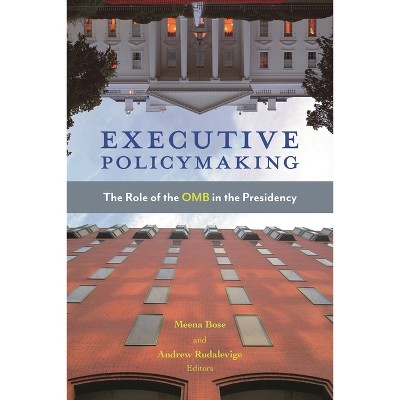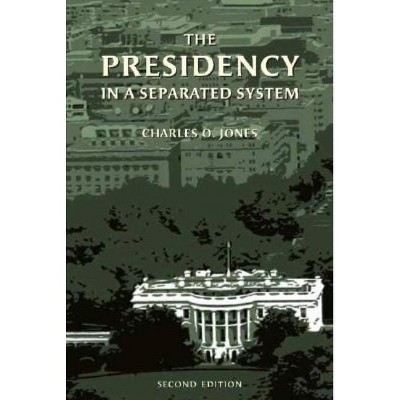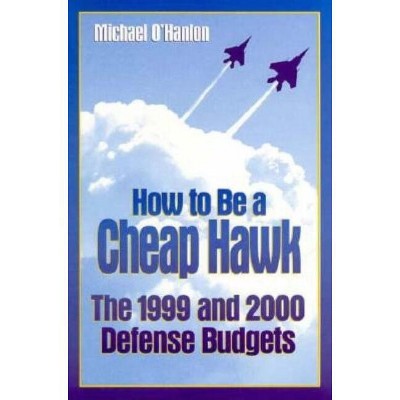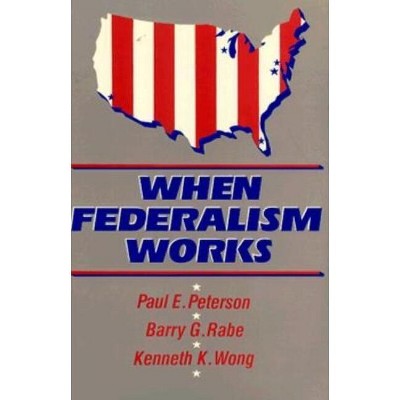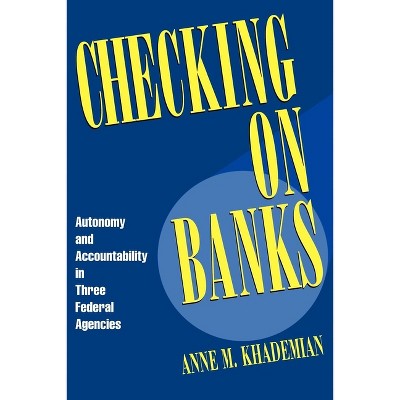About this item
Highlights
- Modern presidents are CEOs with broad powers over the federal government.The United States Constitution lays out three hypothetically equal branches of government--the executive, the legislative, and the judicial--but over the years, the president, as head of the executive branch, has emerged as the usually dominant political and administrative force at the federal level.
- About the Author: Daniel Gitterman is Duncan MacRae '09 and Rebecca Kyle MacRae Professor and Chair of Public Policy at UNC-Chapel Hill.
- 302 Pages
- Political Science, American Government
Description
About the Book
Modern presidents are CEOs with broad powers over the federal government.
The United States Constitution lays out three hypothetically equal branches of government--the executive, the legislative, and the judicial--but over the years, the president...
Book Synopsis
Modern presidents are CEOs with broad powers over the federal government.
The United States Constitution lays out three hypothetically equal branches of government--the executive, the legislative, and the judicial--but over the years, the president, as head of the executive branch, has emerged as the usually dominant political and administrative force at the federal level. In fact, Daniel Gitterman tells us, the president is, effectively, the CEO of an enormous federal bureaucracy.
Using the unique legal authority delegated by thousands of laws, the ability to issue executive orders, and the capacity to shape how federal agencies write and enforce rules, the president calls the shots as to how the government is run on a daily basis. Modern presidents have, for example, used the power of the purchaser to require federal contractors to pay a minimum wage and to prohibit contracting with companies and contractors that knowingly employ unauthorized alien workers.
Presidents and their staffs use specific tools, including executive orders and memoranda to agency heads, as instruments of control and influence over the government and the private sector. For more than a century, they have used these tools without violating the separation of powers. Calling the Shots demonstrates how each of these executive powers is a powerful weapon of coercion and redistribution in the president's political and policymaking arsenal.
From the Back Cover
"Modern presidents are CEOs with broad powers over the federal government
While the U.S. Constitution establishes three branches of government--the executive, the legislative, and the judicial--the executive branch as embodied in the president has emerged over the years as the dominant political and administrative force at the federal level. In fact, Daniel Gitterman tells us, the president is the de facto CEO of an enormous federal bureaucracy.The federal government is the single biggest purchaser of goods and services in the U.S. economy. It is also an employer of more than three million workers. The president, as chief executive, sits on top of all this.
With the authority to issue executive orders and the capacity to shape how federal agencies write and enforce rules, the president controls how the government implements and changes policy every day. Modern presidents have, for example, been able to require federal contractors to pay a minimum wage, to prohibit human trafficking, and to encourage environmental sustainability.
For more than a century, presidents have put to use the tools at their disposal to bring about policy shifts without violating the separation of powers. Calling the Shots demonstrates how executive power is a powerful weapon of coercion and redistribution in the president's political and policymaking arsenal.
"Review Quotes
The key contribution of the book is in its empirical heft. Professor Gitterman adds rich historical detail to a key assumption of presidential unilateralism: the simple equation that the growth of the administrative state empowers the president.--Congress & the Presidency
Simply because the government is a major purchaser and a major employer, presidents have wide-ranging powers of unilateral action. That this is so has been implicit in the scholarly literature for years, yet scholars have largely missed the forest for the trees. Gitterman's forest is an interesting and important one. It helps make sense of a mass of unilateral actions by tracing them to common foundations that are readily identified and of considerable importance.
--Terry M. Moe, William Bennett Munro Professor of Political Science, Stanford University, and Senior Fellow, Hoover Institution
About the Author
Daniel Gitterman is Duncan MacRae '09 and Rebecca Kyle MacRae Professor and Chair of Public Policy at UNC-Chapel Hill. He also serves as Director of the Honors Seminar on Public Policy and Global Affairs in DC.



